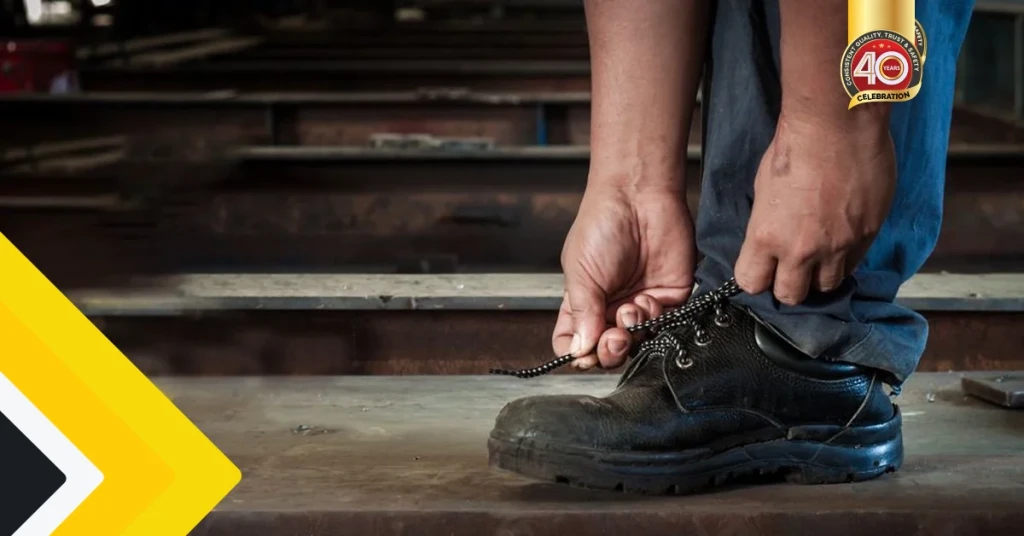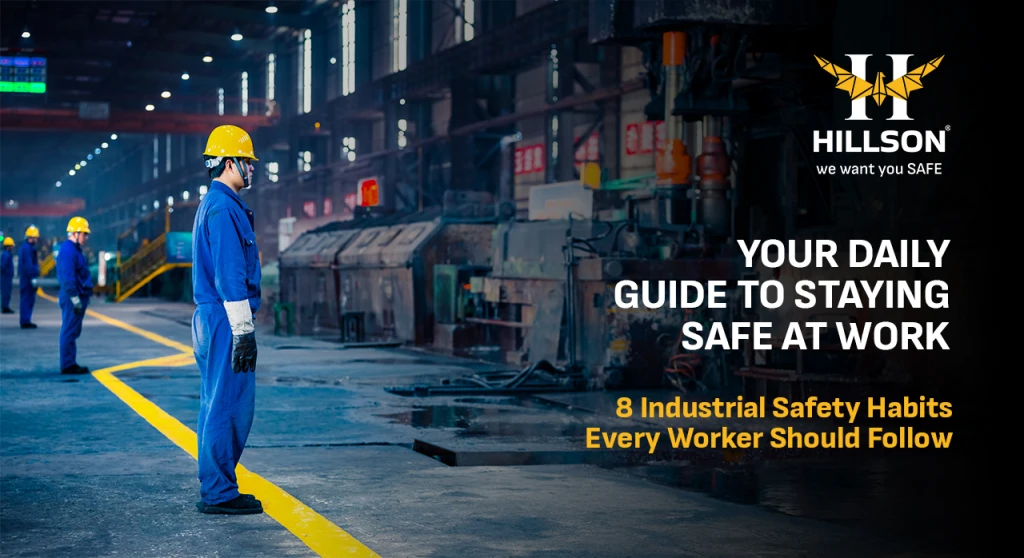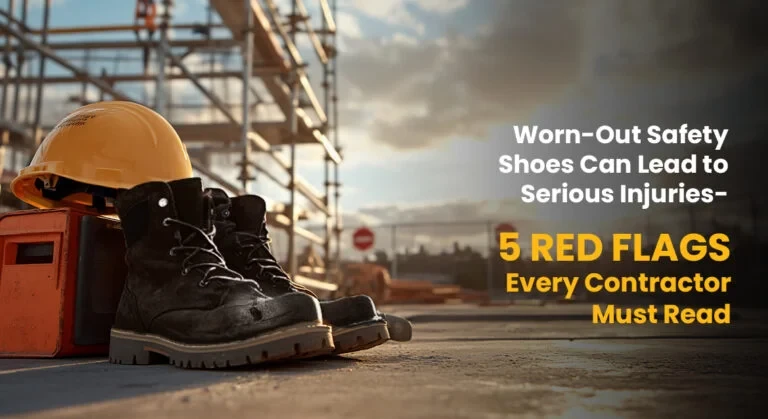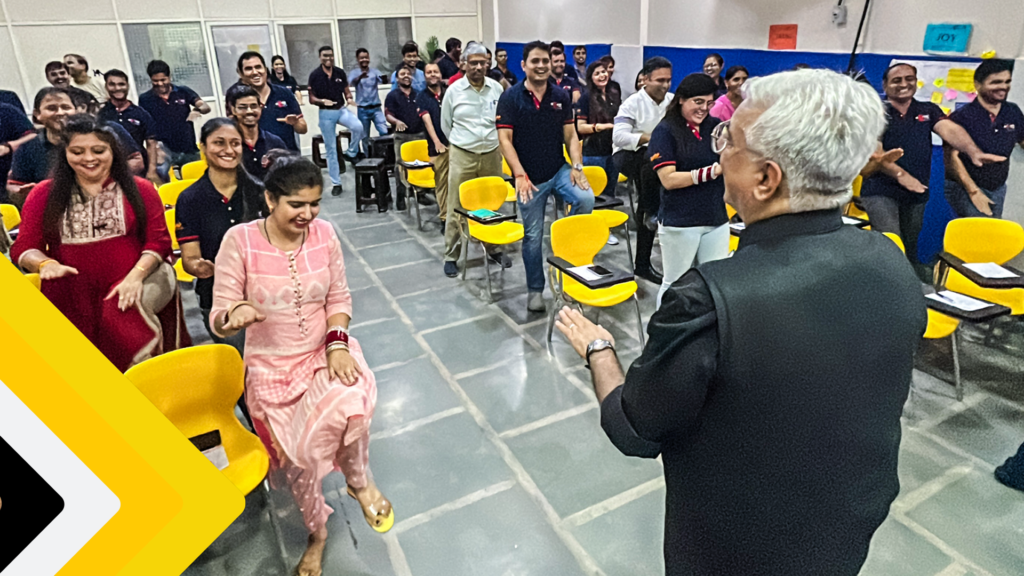Protective shoes aim at offering maximum safety to workers
who are engaged in specific professions. This industrial footwear is designed to proactively protect workers against instances of chemical splatter,
electric shock, slippery floors, etc. Raw materials such as leather, plastic, or
rubber are used in manufacturing safety shoes. Protective shoe
manufacturing involves years of experience, expertise, and knowledge of the
suitable material, design, and functionality.

Indian Industrial Protective Footwear Market
The Indian market for protective footwear is divided into
multiple segments based on:
- Rubber
footwear
- Plastic
footwear
- Waterproof
footwear
- Leather
footwear
These safety shoe manufacturing companies cater to
industries like oil and gas, mining, construction, pharmaceuticals,
manufacturing, and transportation. As per the statistics, the global safety footwear market will grow at a 6.5% CAGR by 2027.
One may feel uncomfortable in these protective
shoes. After all, these are designed differently to offer maximum
coverage and protection. And it is impossible to work all day long and offer
the best performance while feeling uncomfortable.
This blog discusses the step-by-step process that all
workers can follow while putting on safety footwear. Scroll
down to dive straight into the details!
- Understand
that it’s different from wearing your regular shoes: If the
employee has been wearing the safety shoes just like the
regular ones, he has been doing it wrong. And that maybe is the biggest
reason for his discomfort. The day he understands and acknowledges the
difference, he will feel more comfortable in this protective footwear.
- Industrial
shoes are worn when the feet are dry. It is recommended not to
wear a pair of protective shoes when the feet are wet or
sweaty. Otherwise, this may lead to irritation or rashes on the
feet.
- Well-fitted
and dry socks go well with safety footwear: It is advisable to
wear a pair of bamboo, polyester, or woollen socks to keep your feet dry.
These fabrics will soak in extra wetness and keep the feet dry.
- Wearing
it the right way: When an employee puts his feet in the worker’s
shoes, his toes should easily snuggle and slide in. This ensures
that the worker has chosen the correct-sized shoes.
- Bring
the insole to the right position: Next, one must adjust the
insole to the correct position by moving his feet back and forth.
Otherwise, it will make him feel uncomfortable and hurt as well.
- Secured
shoelaces to prevent tripping off: Tying up the shoelaces neatly
is a prerequisite if the worker does not wish to trip off. It should
neither be too tight nor too loose.
Your feet won’t stay secure just by buying yourself a pair
of safety shoes. Instead, you will need to wear it like a pro!
And there’s nothing better than Hillson Shoes regarding industrial footwear.
They are India’s number one safety shoe manufacturer, known for
their durable and affordable protective shoe ranges.









